At Apple’s “Awe Dropping” event on September 9, 2025, the company unveiled its latest Apple Watch lineup—Series 11, Ultra 3, and SE 3—introducing two groundbreaking health features: hypertension notifications and a sleep score. Notably, these features are not exclusive to the new models but are also available on Apple Watch Series 9 and later, as well as Apple Watch Ultra 2 and later, with watchOS 26. This article explores how these features work, their significance, and their impact on users’ well-being across a broader range of Apple Watch models.
Hypertension Notifications: A Game-Changer for Heart Health
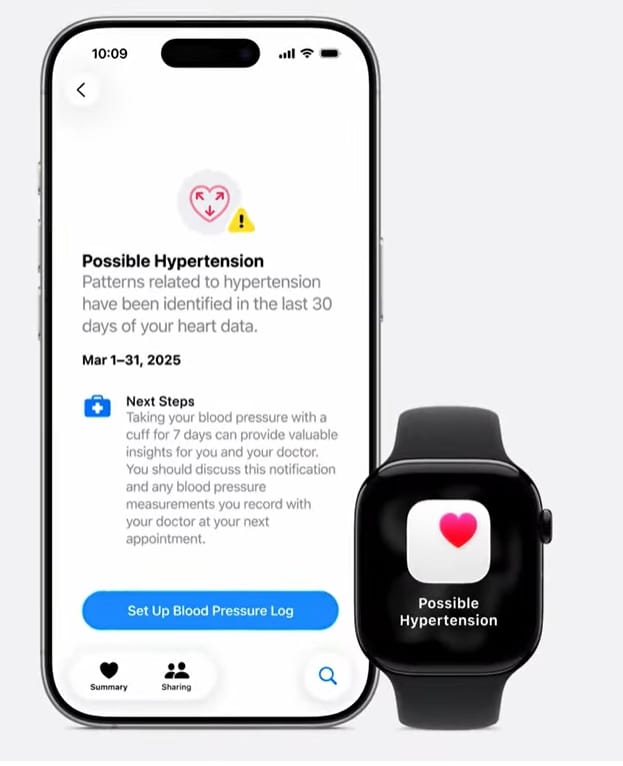
What Are Hypertension Notifications?
Hypertension, or high blood pressure, affects over 1.3 billion adults worldwide and is a leading risk factor for heart attack, stroke, and kidney disease. Often called the “silent killer” due to its lack of symptoms, it frequently goes undiagnosed. Apple Watch Series 9 and later, as well as Ultra 2 and later, address this with hypertension notifications, a pioneering feature for wearables, available with watchOS 26.
Using the 10optical heart sensor**, these watches analyze how blood vessels respond to heartbeats over a 30-day period. This passive monitoring collects data during regular wear, without requiring users to initiate a test. If consistent signs of chronic high blood pressure are detected, users receive a notification to consult a healthcare provider. This feature is integrated into the Health app, where users can view trends and share data with doctors.
How It Works
The optical heart sensor uses photoplethysmography (PPG) to measure blood flow through the wrist, tracking changes in blood vessel dynamics, such as pulse wave velocity and arterial stiffness, which can indicate elevated blood pressure. Apple’s algorithms, trained on data from over 100,000 participants and validated in a clinical study of 2,000 people, analyze this data over 30 days to ensure accuracy and minimize false positives. The feature does not provide real-time blood pressure readings but identifies long-term patterns, making it a preventive tool rather than a diagnostic one.
Why It Matters
Hypertension notifications enable early detection of a condition that often goes unnoticed, empowering users to seek medical advice before complications arise. Apple expects to notify over 1 million people with undiagnosed hypertension in the first year. This feature is particularly impactful for younger users who may not regularly monitor blood pressure. It complements existing heart health tools like ECG and irregular rhythm notifications, making compatible Apple Watches—Series 9, Series 10, Series 11, Ultra 2, and Ultra 3—comprehensive cardiovascular monitors.
However, the feature has limitations. It’s not intended for users under 22, those previously diagnosed with hypertension, or during pregnancy. Users must follow up with a healthcare provider using a blood pressure cuff for confirmation, and the Health app supports logging these measurements for more meaningful doctor consultations. Blood oxygen monitoring, which could enhance hypertension tracking, remains unavailable in the US due to legal restrictions.
Sleep Score: Optimizing Rest with Actionable Insights

What Is Sleep Score?
The sleep score is a new feature available on Apple Watch Series 6 and later, Apple Watch SE (2nd generation) and later, and all Apple Watch Ultra models, including Series 9, Ultra 2, and the 2025 lineup, with watchOS 26. Accessible via the Sleep app, it provides a numerical score (0–100) evaluating sleep quality based on four metrics:
- Duration: Total time asleep.
- Bedtime consistency: Regularity of sleep and wake times.
- Wake-ups: Frequency and duration of interruptions.
- Sleep stages: Time spent in light, deep, and REM sleep.
Each morning, users receive a score with a breakdown of these factors, highlighting areas for improvement, such as maintaining a consistent bedtime or reducing wake-ups.
How It Works
Using the accelerometer and heart rate sensor, the Apple Watch tracks movement and heart rate variability during sleep to detect stages and interruptions. The sleep score algorithm, powered by Apple Intelligence, processes this data to generate a personalized score. Users can view detailed trends in the Health app, including week-over-week comparisons and correlations with lifestyle factors like exercise or stress. The Vitals app complements this by tracking metrics like wrist temperature and heart rate, providing deeper insights. For instance, wrist temperature deviations (available on Series 8 and later, including SE 3) can indicate poor sleep quality or health changes.
Why It Matters
Poor sleep is linked to health issues like obesity, diabetes, and cardiovascular disease. The sleep score empowers users to prioritize rest with actionable insights, a feature long offered by competitors like Fitbit and Garmin. Its availability on older models like Series 9 and Ultra 2, as well as Series 6 and SE (2nd generation) for sleep tracking, broadens its accessibility. However, it requires consistent overnight wear, which may challenge users of models with shorter battery life, such as the SE 3’s 18 hours compared to Series 11’s 24 hours or Ultra 3’s 42 hours.
Integration with watchOS 26 and Apple Intelligence
Both features are enhanced by watchOS 26’s AI capabilities. Apple Intelligence delivers personalized insights, such as tailored sleep improvement tips or alerts for concerning blood pressure trends. The Smart Stack proactively surfaces sleep score updates or health notifications based on context, like time of day or activity. Smart Replies enable quick responses to notifications, and wrist flick gestures simplify Health app navigation. The Health app revamp (code-named Project Mulberry) presents data in a user-friendly format, allowing users to export hypertension and sleep data as PDFs for healthcare providers.
Limitations and Future Potential
Hypertension notifications, available on Series 9 and later and Ultra 2 and later, require FDA clearance (expected in September 2025) and 30 days of consistent wear for accuracy. Sleep score, supported on Series 6 and later, also requires overnight wear, which may strain battery life on some models. Both features are not medical-grade diagnostics, requiring professional follow-up. Apple is reportedly developing non-invasive blood glucose monitoring and advanced sleep apnea detection, but these are likely years away. The 2025 lineup’s health focus, extended to older models, sets a strong foundation for future innovations.
Conclusion
The availability of hypertension notifications and sleep score on Apple Watch Series 9 and later, as well as Ultra 2 and later, with watchOS 26, democratizes advanced health tracking. By leveraging existing sensors and AI, Apple empowers users to monitor critical health metrics proactively. Whether you own a Series 9, Ultra 2, or a 2025 model, these features make Apple Watch a powerful tool for a healthier life. Which feature are you most excited to try? Share your thoughts in the comments!
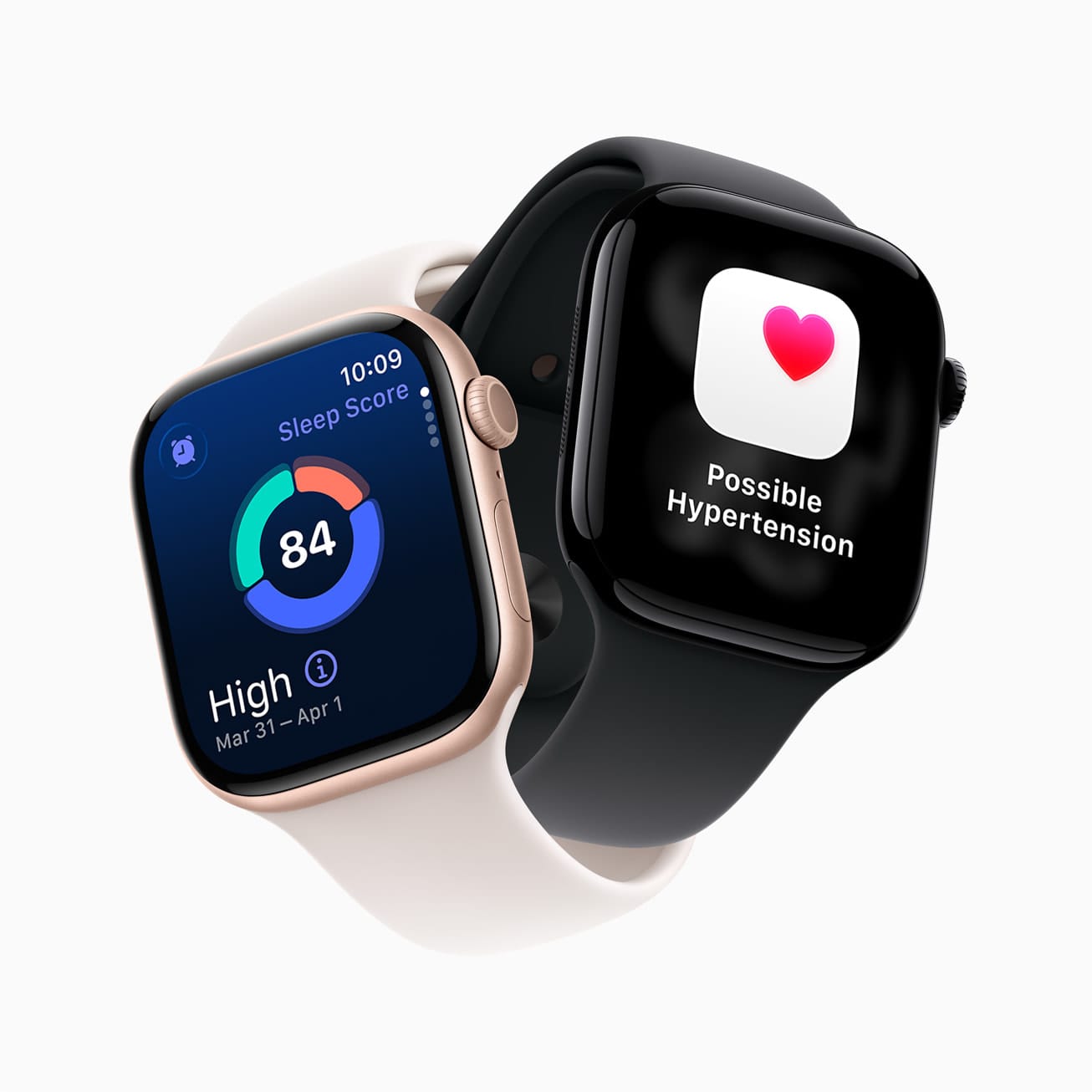

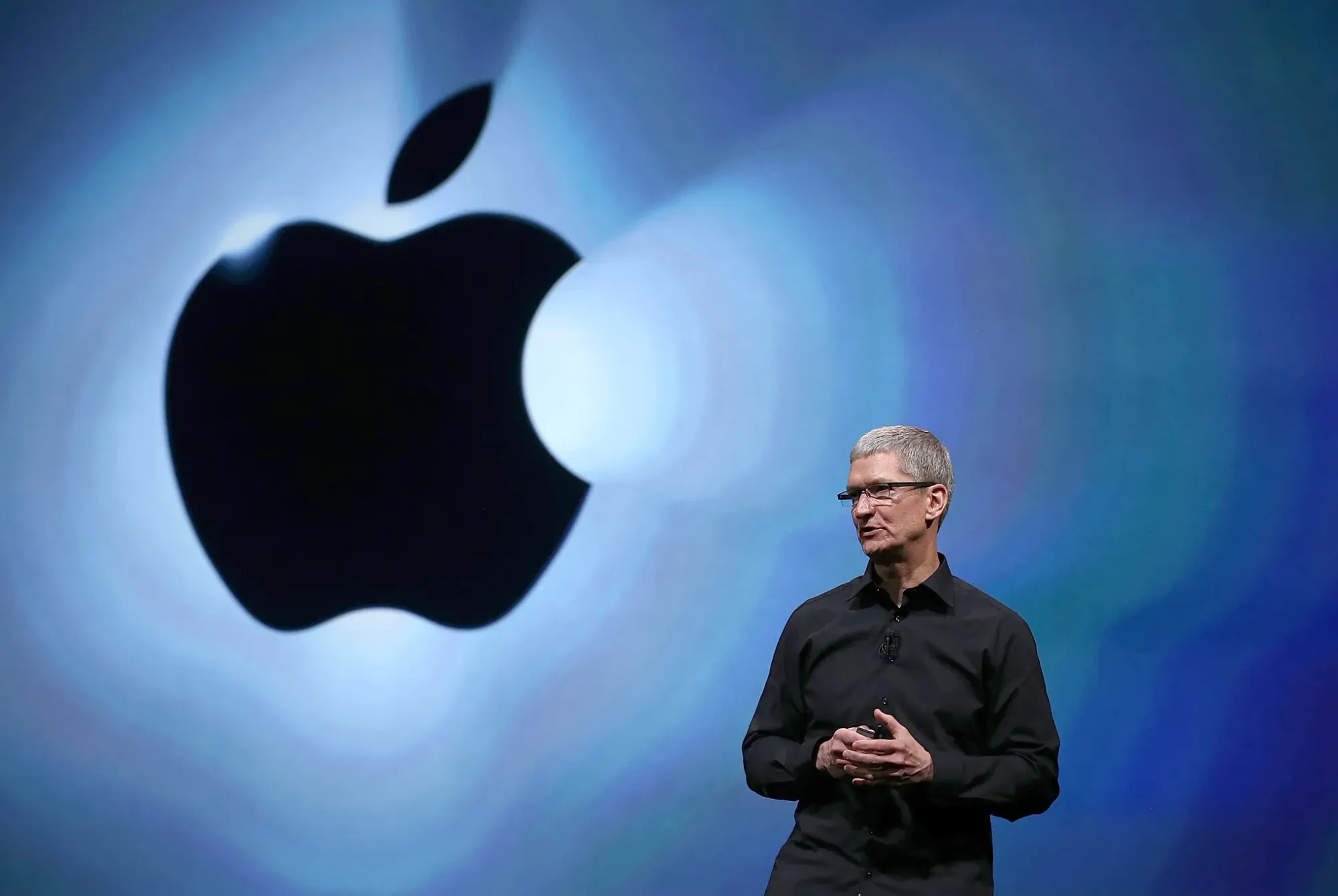
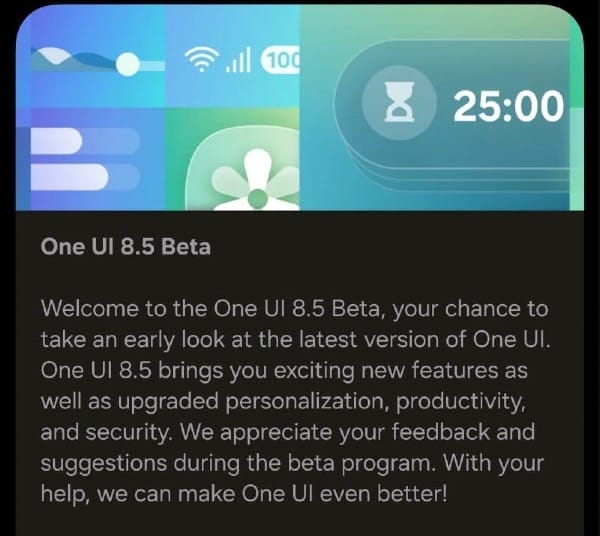
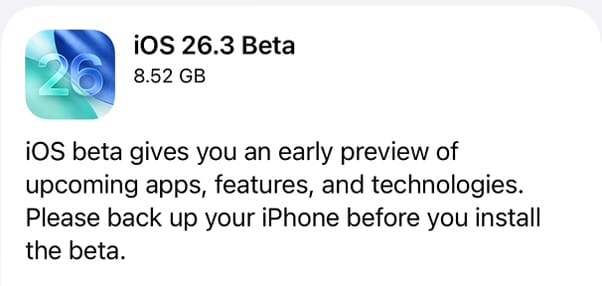







Discussion